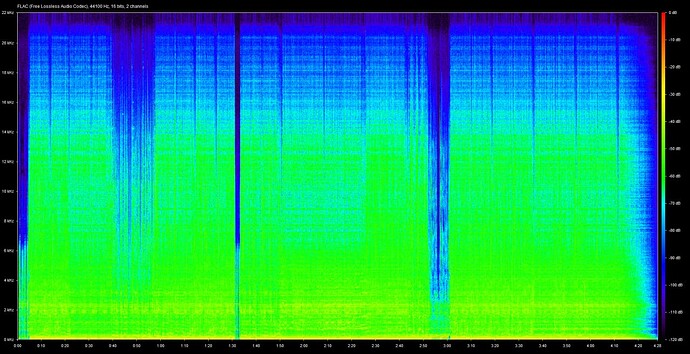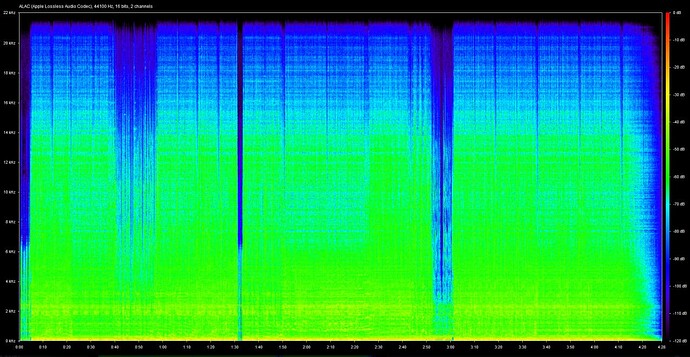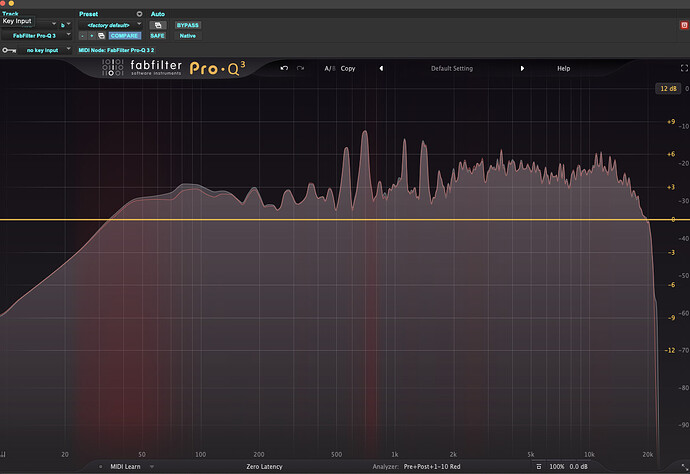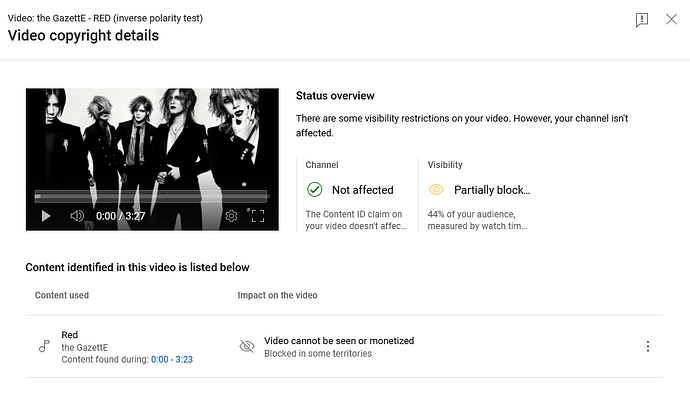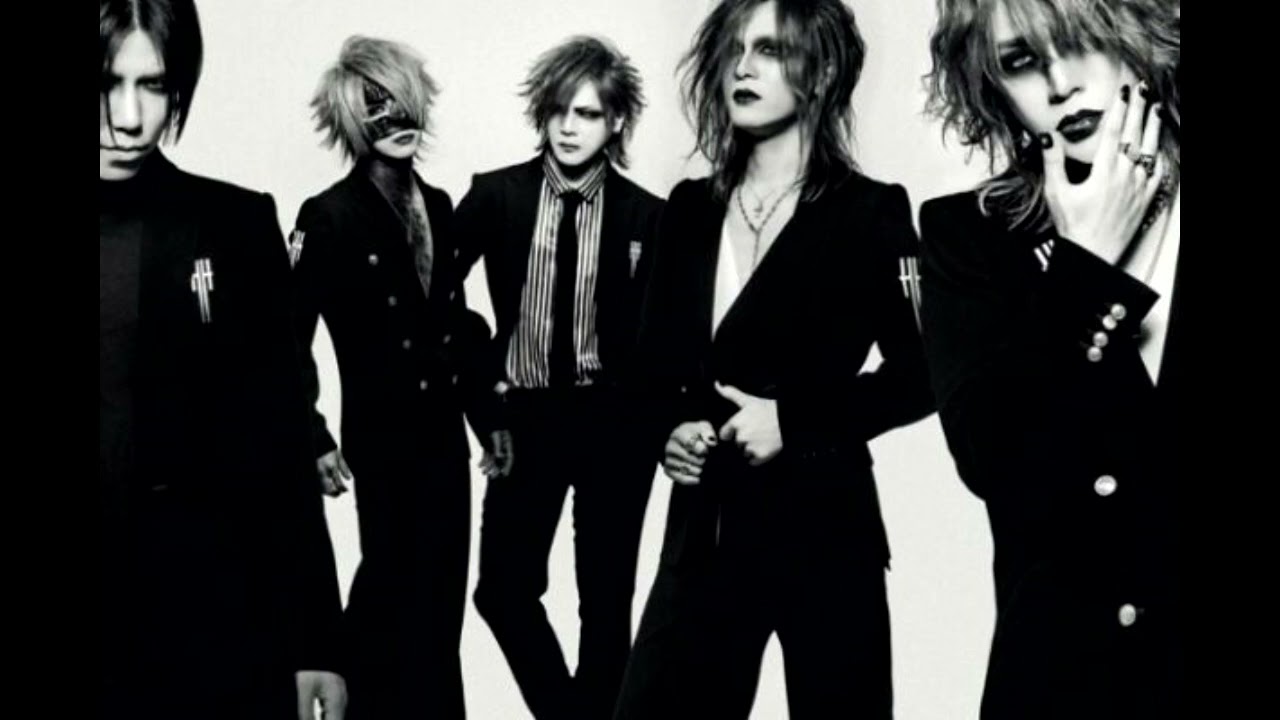DEVIL KITTY vocalist is shit
Just read all my unhinged rants LOL
Most Devil Kitty fans know this tbh
Oh yes, that would fuck hard
Is Yoshiki being self absorbed/centered a hot take?
not really
I dont care about how heavy your screams are. as long as it sounds unsafe and improper, it immediately sound bad in my ears.
“yoshiki bad” and “x bad/overrated” are very tepid takes in 2023 tbh
Search the internet and you’ll find no shortage of takes on this topic, but I held back because it was a non-issue for visual-kei lovers. But now it is! So I feel compelled to Bring My Own Soapbox and request your attention one more time.
MQA is A Terrible Format To Archive Music In
If you’re like “What’s MQA?”, good. You don’t know and I’m going to tell you more than you ever wanted to so that you know never to use it. If you do know what it is, you are welcome to watch as I sharpen my pitchfork.
Taken straight from their homepage:
MQA stands for Master Quality Authenticated. Using pioneering scientific research into how people hear, MQA’s award-winning technology captures and authenticates the sound of the original master recording, and packages it for efficient streaming and storage.
TIDAL has partnered with MQA to create TIDAL Masters. With a TIDAL HiFi Plus subscription you can listen to Masters through the desktop or mobile apps. MQA also has an international network of playback partners with MQA-enabled products, ranging from headsets to speakers, and automotive to radio. Additionally, we support our record label and music service partners to ensure master recordings are encoded and delivered to a growing number of services.
Note the focus on “master recordings” and “studio quality”. I’m gonna circle back to that in a bit.
MQA’s commitment is to deliver the master recording all the way through to the music fan. Our aim is to reinstate audio quality - too long sacrificed for convenience - as an important ingredient for music. Only MQA can supply the original sound, directly from the studio master, in the highest quality, using less data, while authenticating provenance.
Rather than being a new file type to sit alongside FLAC, WAV, or ALAC, MQA files are packaged inside existing lossless containers such as FLAC, WAV or Apple Lossless. You will need MQA-compatible hardware/software to decode the MQA files. Both of these are deal breakers for me. The first is a no-go because (as I’ll elaborate on further) putting MQA-files inside FLAC is not capturing a standalone bit-perfect representation of the music, and is in fact lossy and injects noise into the song. I already have seen and gone through issues myself with FLAC files being distributed that are not FLAC quality. Don’t need MQA lurking around corners too. The second made me not even consider MQA because I’m not buying more hardware to listen to the same music.
But how can MQA be both lossy and hi-res? The answer is that it’s not hi-res, at least not any appreciably different than existing lossless formats. Let’s assume that we’re visual kei musicians finishing up a new single. We have the song in 24/192 (studio master quality). We would usually convert this down to 16/44.1 to fit it on a CD. Let’s give a name to the difference of 8-bits (and space), 24-16, as B. That space is going to become important by the end of this explanation.
It starts with a 24/192 file, which gets down-sampled into 24/96 using an infinite impulse response (IIR) filter. This particular filter was chosen to avoid pre-echoes at the expense of a roll-off, but this filter introduces artifacts into the audio. These artifacts are folded into the 0-48kHz band, but at a frequency that the designers assert is not audible enough to matter. Still, some of these must be taken care of. A filter at the Nyquist frequency (48kHz) cuts out ultrasonic sounds as a result of the aliasing, and the standard mandates that there must be at least 32dB of effective alias filtering in the 0-7kHz band range, where human hearing is sensitive to non-harmonic distortion.
All of the above is whatever. It’s the following that gets me. The next stage involves down-sampling from 24/96 to 16/96. The creators claim they use an approach that sounds like 20-bit resolution, but ignore that it’s 16-bits. Then the track is put through a frequency band splitter that creates two separate audio streams: one from 0-24kHz (lower band) and one from 24-48kHz (upper band). The upper band undergoes lossy compression and becomes small enough to put into B! The resulting file now presents itself as a 24/48 PCM file. A legacy DAC sees the top 16 bits and decodes them as normal, while decoding the bottom 8 bits as noise. Supported software undoes the last stage of this audio origami and outputs streams of 24/96, but never mind that because the upper band is still compressed! That lossy compression cannot be undone.
This is trickery of the highest order. They staple noise into the lower 8 bits and call it studio master quality. This is perhaps why Wikipedia now considers MQA a lossy format. Because it is.
Would you be surprised to hear that TIDAL caught the wave and started using FLAC instead? It’s a magician’s trick that produces files that are close to, but not exactly like, the studio masters themselves. And in some cases, you can actually hear the difference.
So I conducted an experiment with @NewsMan and @Aeolus. We took “RED” by the Gazette, looked at both in spek first, then inverted the polarity of the MQA track against the ALAC. If you take any audio wave, copy it, invert the polarity of one, and play them back simultaneously then the audio waves will cancel each other out and you will only hear silence. I was expecting to hear noise. I did not hear noise.
MQA
The noise is already visible here
ALAC
And this is the frequency analyzer of Pro Q3 showing the two overlapping one another - it seems there’s a bit of loss in the high end on the ALAC compared to the MQA, which is consistent with what is shown above.
What did I hear? All the washed out, higher frequencies of the track. Even after aligning the time and the level exactly, more than enough of the music leaked out to make it recognizable. Certainly recognizable enough for Content ID to do it’s thing and peg the song.
And here’s the final graph of the YouTube video:
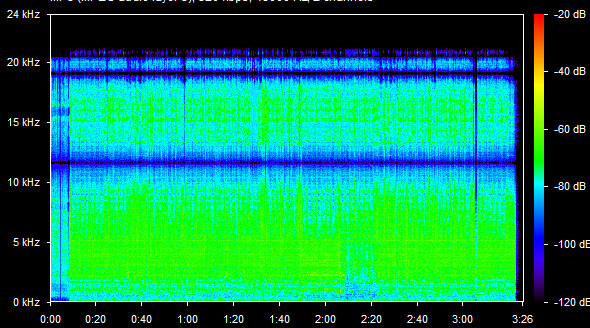
Please don’t use this format to archive your music. It was obviously implemented out of a need to lower streaming costs, but the dream didn’t pan out. TIDAL is now offering FLAC, the main investor pulled out of MQA Inc., the parent company, and they went into administration. If you want lossless quality, just use FLAC/ALAC. If you want small file size, use AAC. Don’t split the middle in a way that does not benefit the user.
I’M JUST STILL SO CONFUSED ON EXACTLY HOW THE FOLDING PROCESS WORKS. I may never be satisfied lmao
no a hot take and probably already said before but…
what’s up with so many or almost all new fans obssesing over dadaroma and mejibray? like they do have some real neat songs but their discogs in general are pretty meh
Probably cause they are well-known bands and easier to find + there Visuals.
Hot Take - I wonder wtf Gazette has been doing the last 10 years or so. I listened to their new album on spotify and it was just a bunch of SUPER generic songs. wth?
They found their sound, that’s it. Dogma was an odd experiment, so we could expect their 2024 release to sounds the same.
- since like 2017 there has been fewer and fewer vk bands forming
- out of those there is even less that makes good music
- and does not disband in a year thus has a larger discography
So people turn to the those bands that are easy to find on yt and don’t sound dated.
Ruki spent like three years pre-covid shilling his clothing line, and he’s the main composer…
ever since they went on the single-less schedule after ugly it seems like they stopped bothering writing memorable music at all.
Wait, it wasn’t Uruha? I thought RUKI only compose ballads.
I think MH also used to have a thread with a relatively recent music credit breakdown, but I couldn’t find it.
I’m… glad… I’ve learned that Kai has more than one song to his name.
Ruki is credited with writing all the lyrics but each member has composed a varying number of songs either by themselves or as a collaborative effort (i.e Uruha composed most of Miseinen but Reita is credited with composing the intro, Ruki and Uruha composed Wakaremichi together etc.)
With that being said neither Kai nor Reita have composed any songs since Beautiful Deformity and MASS was the first album composed solely by Ruki.
Even NINTH had songs composed by Uruha (The Mortal, Babylon’s Taboo,) Aoi (Utsusemi,) and Abhor God was a collaboration between the members.
Typically Aoi has been the one responsible for many of the GazettE’s ballads whereas Uruha tends to write heavier and catchier songs. However Ruki is still considered to be the main composer.
I apologize if this is slightly off topic from the main thread.
“So we initially wanted to release a single but the ideas just kept flowing and we didn’t really have a concept this time but we made sure the new album embodies all the music we made together so far as the Gazette”

